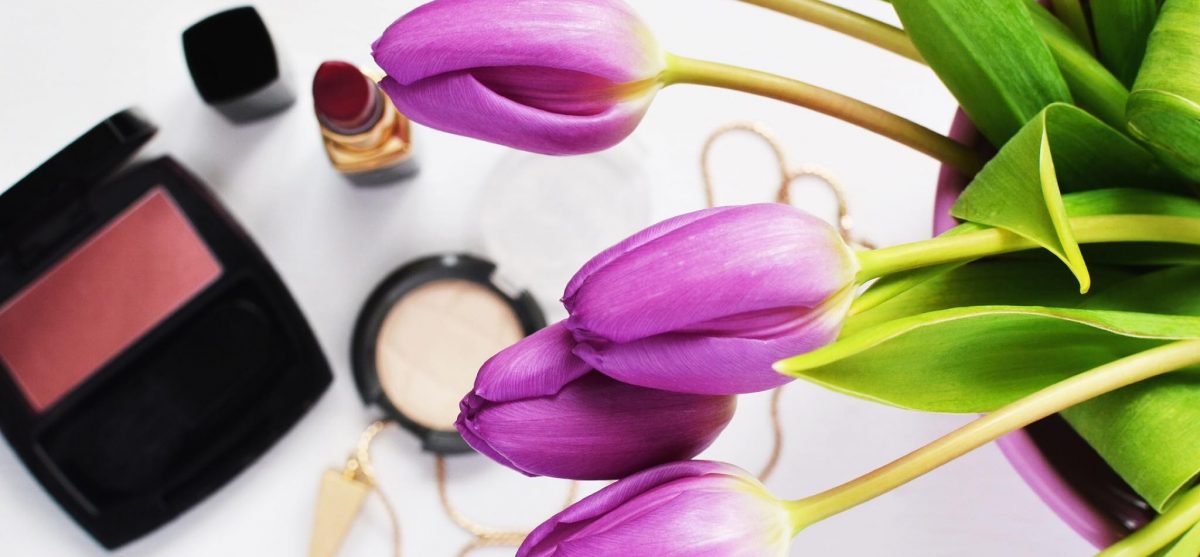We talked a bit about plastic waste last week. We can conclude that overuse of plastic is a serious issue- it’s affecting human lives, and it disproportionately affects minority people living in underdeveloped nations. If we claim to value justice, equality, and human life, then we need to care about plastic waste. There isn’t room for negotiation.
Of course, for anyone living in a plastic-dependent culture, plastic has become so “normal” to us that we can’t always imagine a realistic solution to the crisis. The good news is, more and more options for sustainable living are becoming available! Your beauty routine can be a great place to get started because, unlike groceries, medical supplies, or essential clothing items, beauty supplies are something you can buy more gradually and take time to research.
Here are five simple ways to get started and eliminate plastic from your beauty routine:
- Check for companies that are partners with TerraCycle. For many beauty products, packaged foods and beverages, or healthcare supplies (including some PPE!), it’s just a matter of boxing it up and either mailing it to TerraCycle or dropping it off at one of their sites.
2. Beauty Products in Bar Form. Bar soap is an easy way to eliminate a single-use plastic bottle (as long as it isn’t packaged in plastic!), and many other hygiene products are available in bars rather than plastic-bottled liquid. Some of my faves:
- Ethique includes bar shampoos, conditioners, and skincare. They also have lines of pet care and even home cleaning products. Some are meant to be used directly in bar form; others dissolve into liquid when added to water (in a reusable jar or bottle). Ethique is also 100% direct trade, cruelty-free and vegan, so you can rest assured that your purchase is supporting both people and the planet.
- Lush is known for their bar products that are “sliced” for you in the store (imagine an elegant spa meets a French cheese shop, if you will!). They also have products in individual bars of shampoo, conditioner, soap, and lotion. I’ve always found Lush employees to be very knowledgeable of their products and happy to help you find the best fit for your skin and hair. Lush is also committed to fair-trade and cruelty-free products.
- UnwrappedLife carries several collections of bar shampoos, conditioners, and soaps for various skin and hair needs. They are vegan and cruelty-free, but I couldn’t find anything about being fair-trade or direct-trade on their website.
3. Switch to reusable pads and wipes. Facial pads for toner or eye makeup remover, or cleansing facial wipes might not be made of plastic, but they often come packaged in single-use plastic. A one-time investment in reusable facial pads like these from Marley’s Monsters, or reusable makeup removal cloths like these from Norwex* can really save on plastic packaging over time. Plus, they eliminate chemicals in cheap makeup remover or pre-moistened toner pads that can really mess with your skin.
4. Use sugar/salt based exfoliating scrubs. It’s becoming more and more widely known that scrubs made from ground fruit pits (*cough cough St. Ives cough*) and other ground substances are actually terrible for your skin- I guess dragging hundreds of tiny, sharp, jagged edges over your skin doesn’t do much to improve your complexion! Scrubs with tiny, rounded plastic beads have become a popular alternative, but the plastic doesn’t just disappear when you rinse it down the drain! Some countries have banned plastic microbeads all together because they are easily mistaken for food by fish, which affects the entire underwater ecosystem AND the food chain.
A sugar/salt based scrub can be a great alternative because the individual grains aren’t hard enough to scratch your skin, and they dissolve once they go down the drain. Some people make their own scrubs, but this can be tricky because they don’t always have a long shelf-life (you don’t want your “scrub” already-dissolved in the jar or bottle!), and many ingredients touted as “safe” on pinterest are perfectly safe to eat or use for other purposes, but can be really tough on your skin! My personal favorite is Rodan&Fields Microdermabrasion Paste*; it is formulated by dermatologists and the jar is recyclable through TerraCycle. It’s been my saving grace in treating my keratosis pilaris (aka chicken skin!).
5. Look for makeup brands with sustainable packaging. Most makeup comes with some form of plastic, but more brands are moving towards sustainable forms of packaging. A few of my faves:
- BeautyCounter* has several products that come packaged in cardboard or glass. Check with a consultant to find specific products in recyclable, waste-free packaging. They are also committed to ethically sourced ingredients!
- RiverOrganics uses recycleable cardboard in all their packaging. They also use sustainable, plant-oil based ingredients that are ethically sourced.
- Crunchi Cosmetics* has several makeup items that come in glass or paper-based packaging for easy recycling. They are vegan, cruelty-free, and ethically sourced.
No one promises that living sustainably or making ethical consumer choices will be convenient, but it doesn’t have to be complicated. Small steps to change your beauty regimen can make a difference for the entire world!
*These links lead to direct sales businesses run by myself (Rodan&Fields) or members of my community. If you purchase through these links, it is no difference in cost to you, but we receive a small commission. If you have a friend or family member who owns a business through one of these companies, I encourage you to connect with them before making any purchases!




